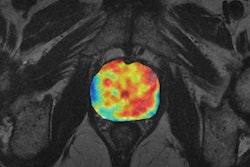A European imaging biobank network would significantly boost research in the imaging domain, according to a position paper from the European Society of Radiology (ESR).
Medical imaging biobanks are virtual biobanks that aid in the study of rare, cardiovascular, oncologic, and neurological diseases. They also help identify early biomarkers and surrogates, as well as develop population studies. Biobanks will evaluate the impact of new quantitative biomarkers in early disease diagnosis, disease phenotyping, disease grading, targeting therapies, and evaluation of disease response to treatment, according to the authors (Insights into Imaging, August 2015, Vol. 6:4, pp. 403-410).
The ESR established a working group in March 2014 aimed at monitoring the existing imaging biobanks in Europe, promoting the federation of imaging biobanks, and communicating their findings in a white paper.
More specifically, imaging biobanks can be defined as organized databases of medical images and associated imaging biomarkers (radiology and more) that are shared among multiple researchers, as well as linked to other biorepositories, according to the working group.
"A long-term scope of imaging biobanks should be the creation of a network/federation of such repositories integrated with the already-existing biobanking network," the authors wrote.
The working group sent out a survey to ESR members and found 27 imaging biobanks, mostly disease-oriented and designed for research and clinical reference. In 80% of the biobanks, access to the imaging biobanks is restricted.


















